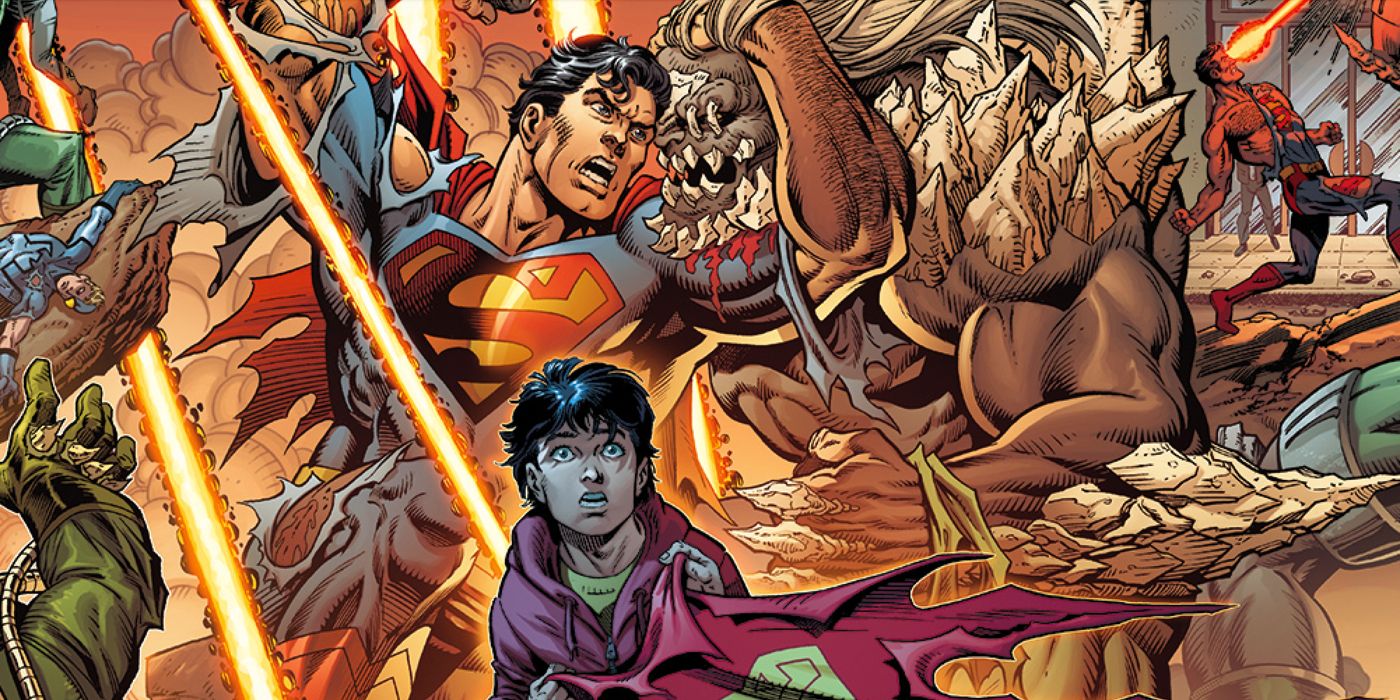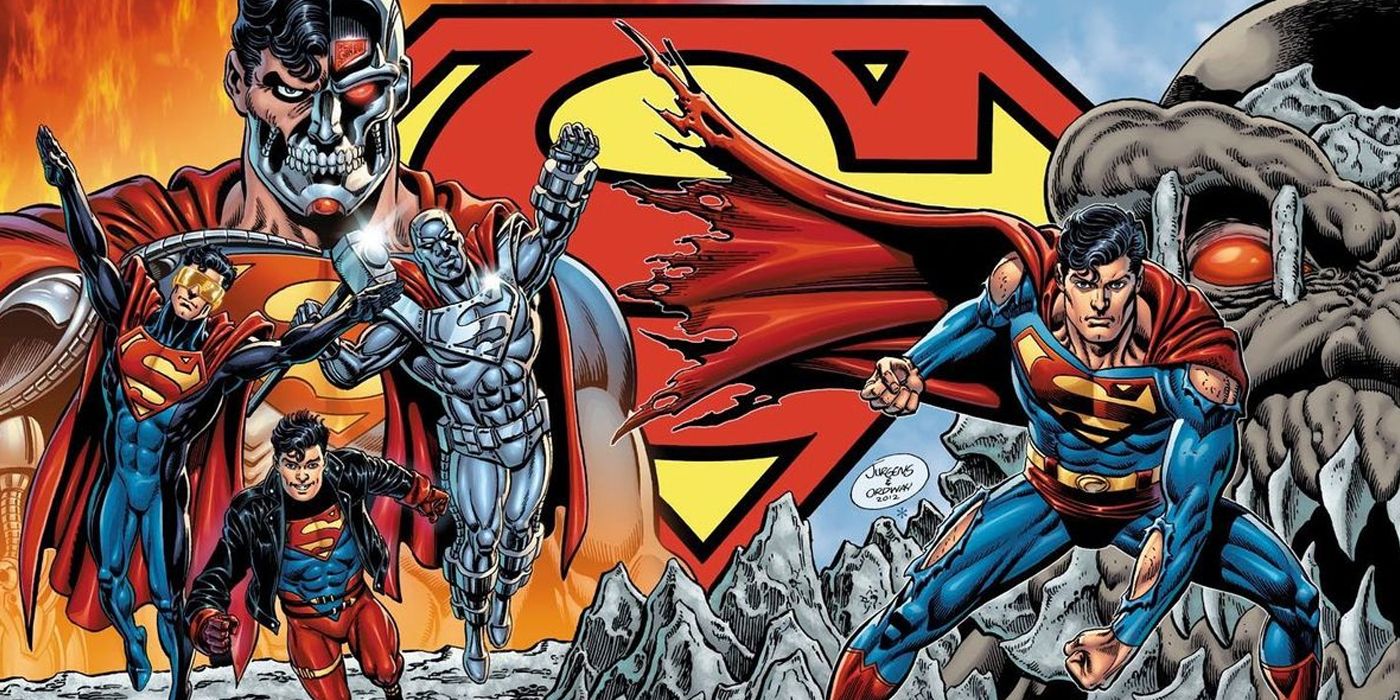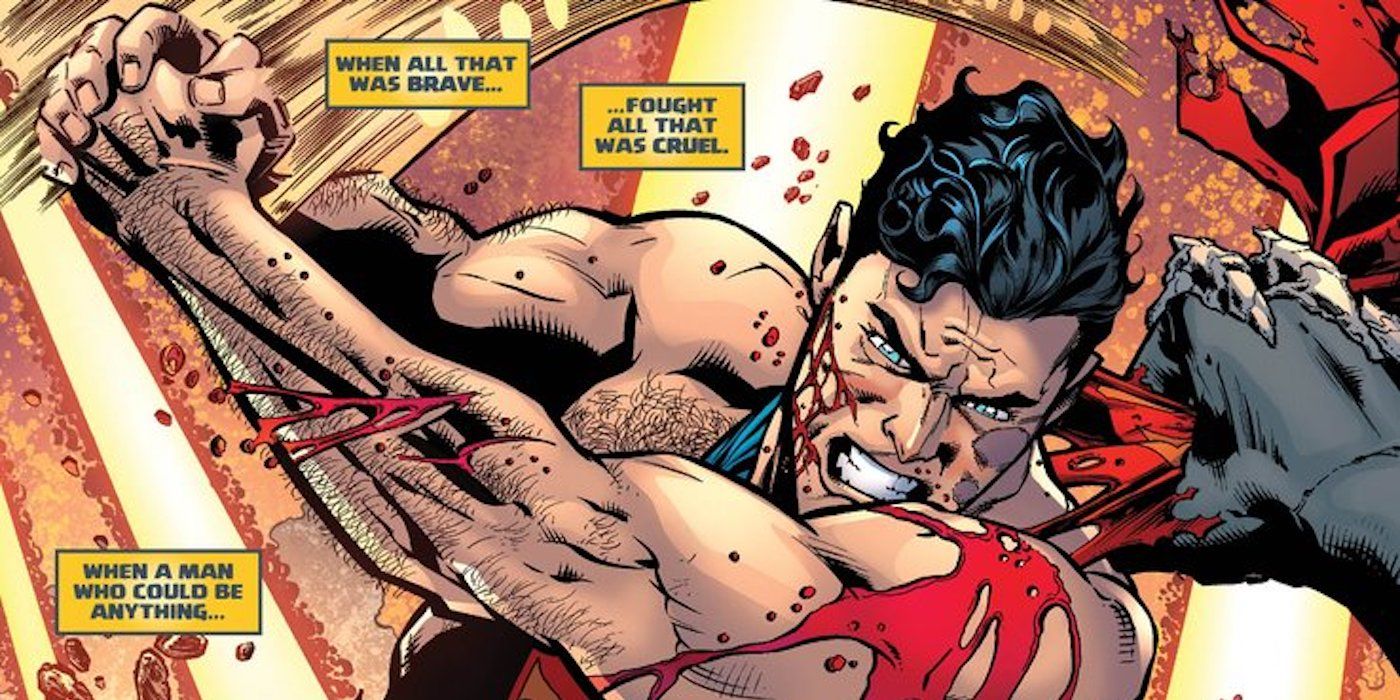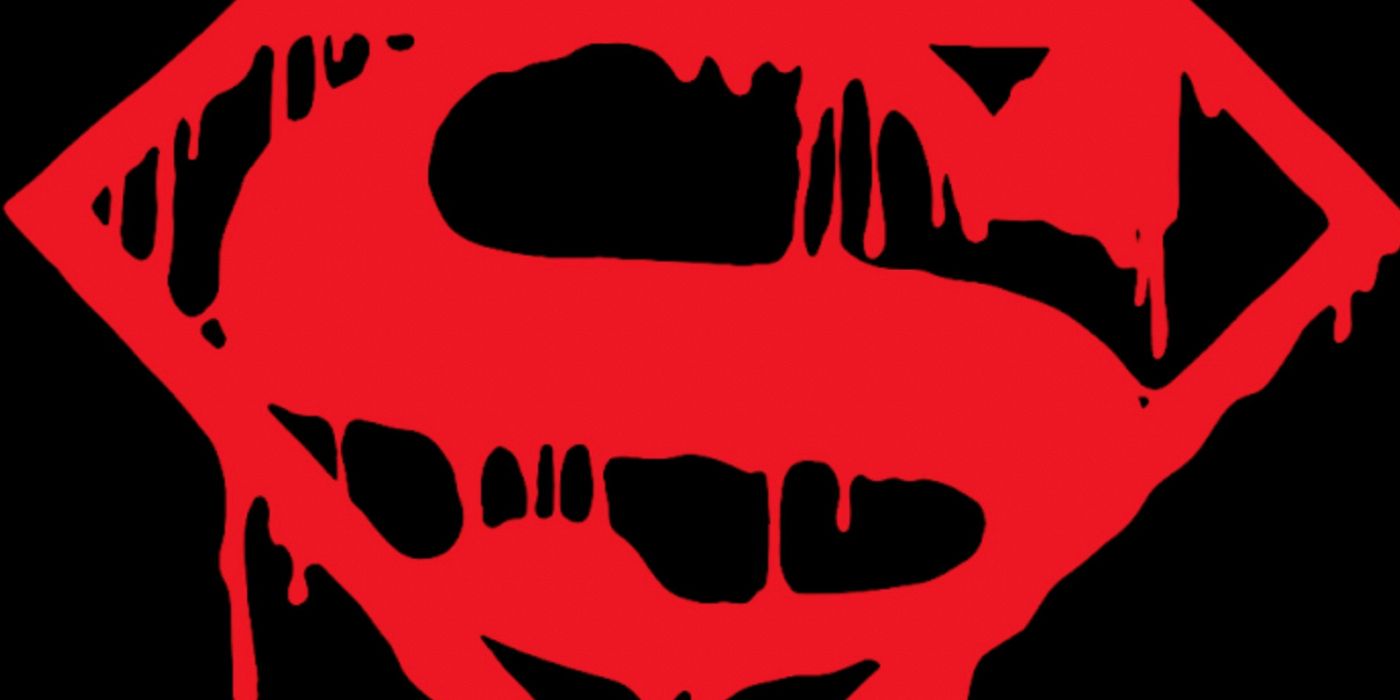The 1990s were colorful and boisterous, so it's no surprise that comic books in the 90s reflected these qualities, too. From holographic covers to trading cards hidden in plastic sleeves, the decade popularized marketing strategies that characterize the comic book industry today. While some sales techniques exploded in flames -- like the trading card tactic -- many marketing schemes led to record-breaking sales, and no other comic represents this success more than 1992's Superman #75 (by Dan Jurgens and Brett Breeding), better known as The Death of Superman.
Released on November 17th, 1992, the landmark tale of Kal-El's fall helped comic shops profit 30 million dollars in a single day, a record which still stands after almost 30 years. Groundbreaking and controversial, the Death of Superman garnered widespread media coverage, generating an infectious buzz among the public. This unprecedented attention from non-comic fans, collectors, and lapsed readers propelled consumers into local comic shops -- many for the first time. Superman #75 created a seismic spike in the marketplace. However, in a mere six months, the disappointing sales for the "Reign of the Superman" storyline and Adventures of Superman #500 (by Karl Kesel, Tom Grummett, and Jerry Ordway) would jumpstart the industry's demise. With the release of The Death of Superman 30th Anniversary Special in November, it's high time to explore if a comic book crash could reemerge and destabilize the industry today.
From 1990-1992, the comic book industry experienced unprecedented growth and financial success. Far from hyperbolic, these two years represent an explosive "boom period" in comics. First issues held sway over the comic book landscape as 1991's X-Men (vol. 2) #1 (by Jim Lee and Chris Claremont) sold a whopping 8.1 million copies. Additionally, the birth of Image Comics sent collectors and fans into a frenzy, as Todd McFarlane's Spawn #1 and Alan Moore's Spawn #8 all clocked in close to 2 million copies sold. In addition to Superman #75's 30 million dollar day, it's clear that 1990-1992 were two of the most explosive and exciting years in comics history. Unfortunately, the meteoric rise of comics in the early 90s triggered the medium's catastrophic fall from 1993-1996. With event-driven comics like the Death of Superman and the follow-up Reign of the Superman storyline, fans had plenty of revolutionary books to snag. However, there was one problem -- readers and speculators stopped buying the books.
Just like any business, supply must exist at or below consumer demand, and both comic shops and publishers had severely overestimated demand. Despite the widespread success, the boom was a prime example of over saturation. Take, for example, one comic book speculator who purchased 2,400 copies of X-Men #1 (by Jim Lee and Chris Claremont) only to find that all the copies were worth less than their cover price two years later. In response, the speculator stopped purchasing new event comics and top sellers during their successive years. Sadly, publishers and comic shops didn't get the memo, and they continued to ship and sell comics based on the boom period's success. With too much quantity and not enough demand, comic shops closed their doors, and some publishers, like Marvel Comics, filed for bankruptcy. Dark and devastating, it's vital to question if the comic book industry could experience another doomsday soon.
The comic book industry in 2022 is a much different beast than it was 30 years ago. Graphic novels and trade paperback collections account for the largest profit share in the industry today, while digital comics have made a dent in the market, too. In 2021, sales of graphic novels increased by 60% and were largely driven by manga titles like One Piece. The growth of graphic novels also reflects a trend that treats comics like seasons of TV Shows. Instead of reading a comic episodically, readers prefer to 'binge' a whole storyline.
While this shift is a welcome blessing for creators, it also provides some perks for comic book speculators. Take Saga, which combines the first six issues of the series. In contrast, a mint edition of Saga #1 (by Brian K. Vaughan and Fiona Staples) can sell anywhere from 200-1000 dollars on the speculative market, proving that first issues are still a financial boon for publishers and collectors. Even though it is possible to turn a profit on the speculative market today, the reality is that demand can be short-lived, leaving collectors to sell comics that very few fans want to buy.
Undoubtedly, The Death of Superman 30th Anniversary Special will enjoy a hefty profit, but will its release trigger a potential crash like 1992's Superman #75 did? It's unlikely. While "never say never" is a wise adage, the reality is that the speculators market of the early '90s no longer exists today. Back then, the impetus to buy endless amounts of bestsellers and event-oriented issues stemmed from a misguided belief that those comics would, one day, skyrocket in value. Yet as many dejected comic fans from 1992 can confirm, Superman #75 was super easy to find, and, as a result, the comic swiftly depreciated in value.
Thirty years later, publishers have corrected their distribution methods. Unlike the early 90s, where it was commonplace to ship a million or more copies of a single title each week, comics today ship at a much lower volume. In concept, new releases and physical issues are more scarce today than in 1992. However, there is less demand for these rare issues, especially in the speculators market. Thus, the supply of comics today regularly meets the demand of consumers, creating a natural balance in the industry. Furthermore, collected editions have made reading full chapters more appealing, which, in turn, decreases the demand for single-issue comics. Therefore, a comic crash in 2022 is highly improbable as the context of comics has transformed from a speculator-driven market into a fan-driven endeavor.




